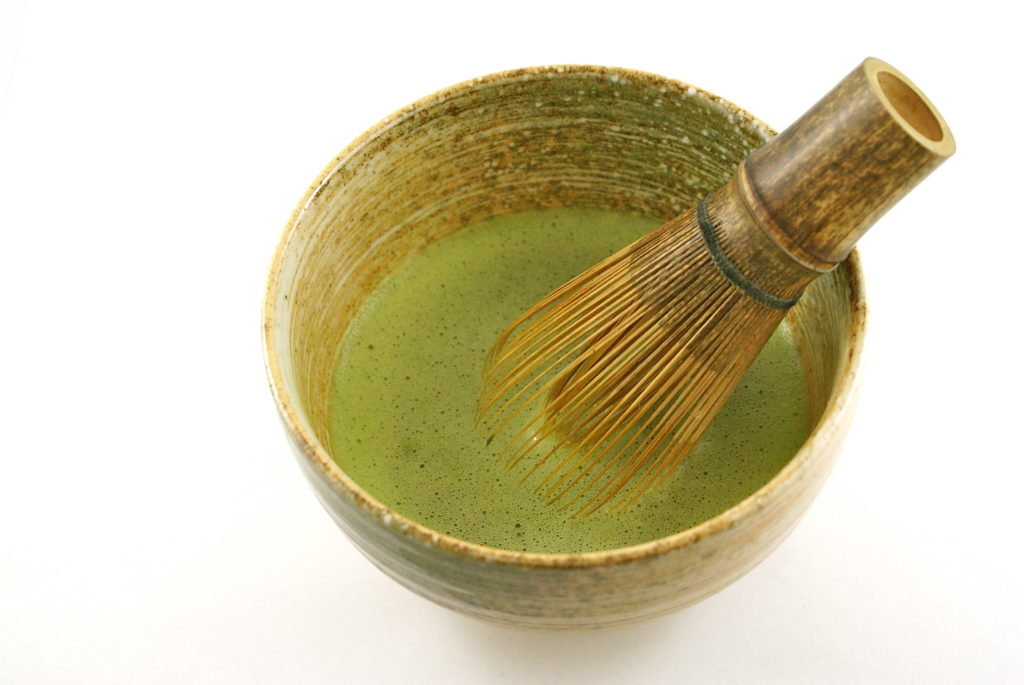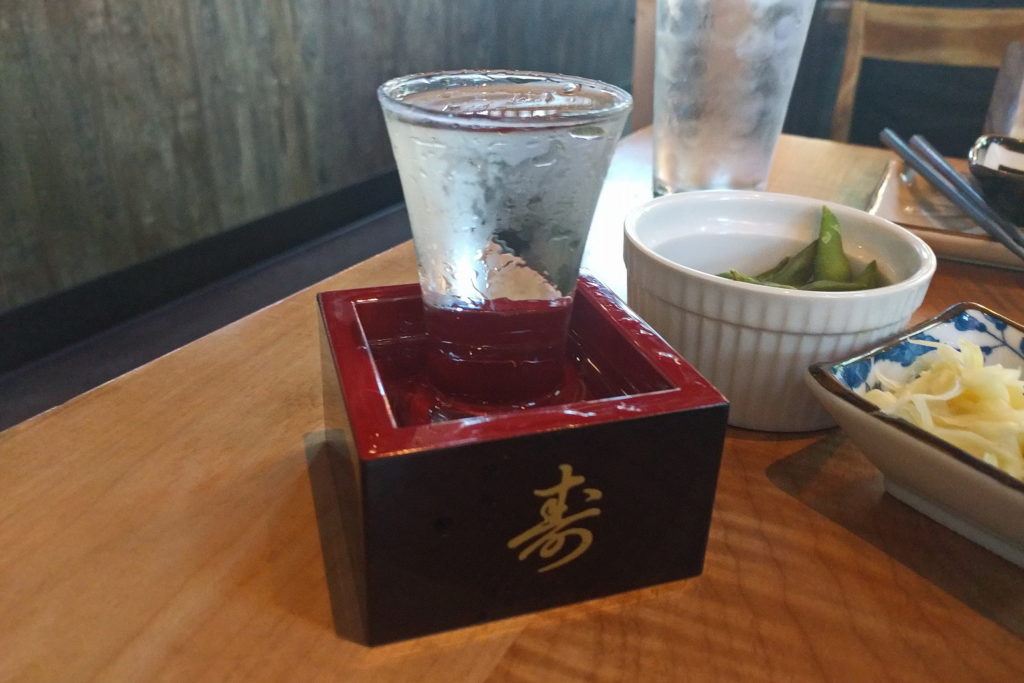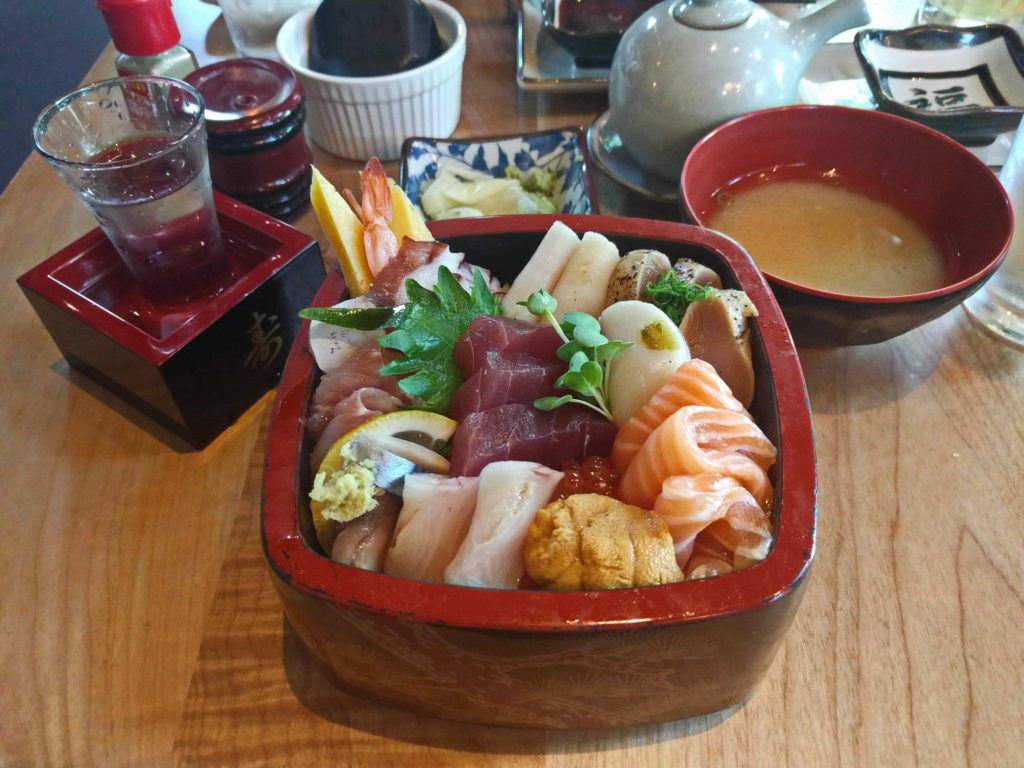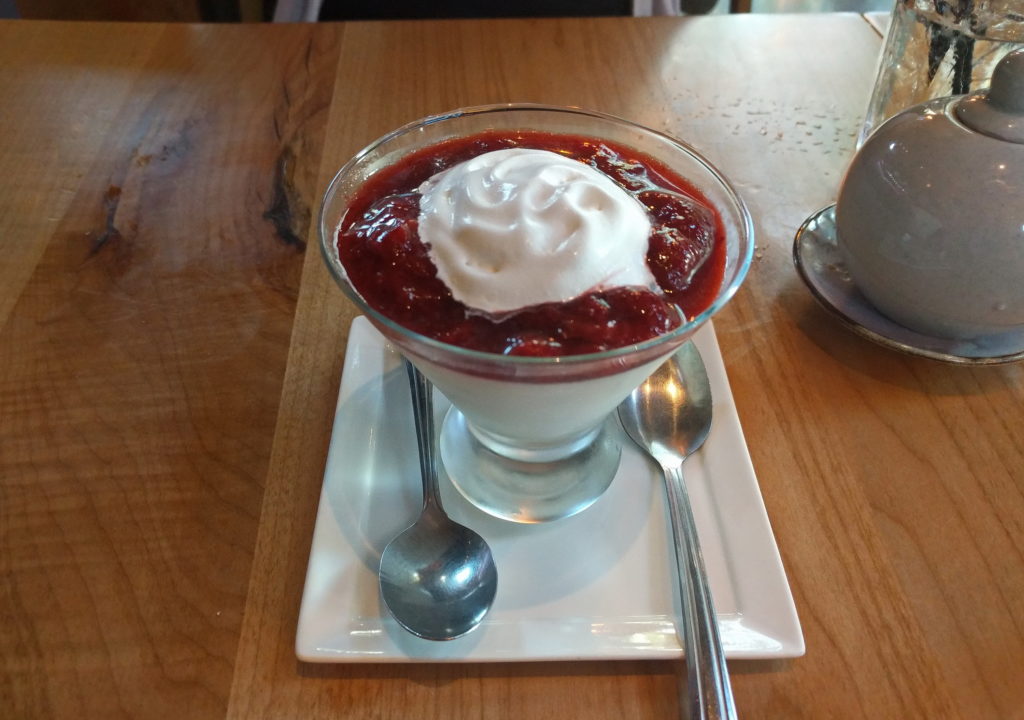Date: August 17, 2015 Publication: Daily Health News

You know green tea is really good for you. Its antioxidant compounds show up in studies as protective against heart disease, diabetes, cancer, dementia, obesity and more. But you’re probably not going to start drinking four or more cups every day—even 10 cups a day in some studies—like many Chinese and Japanese people do.
The models at Fashion Week in New York City had a solution. Backstage, for energy and Zen balance, they sipped little shots of matcha green tea, a specific kind that contains unusually high levels of antioxidants. There’s also matcha tea powder that has become today’s “it” ingredient in everything from smoothies to latte to fruit pops to very, very green muffins. Matcha, it seems, is suddenly and literally on everyone’s lips.
Does it deserve the hype? There’s no question that it can be a very healthy beverage or even recipe ingredient. But now that it’s a fad, and everyone’s getting into the act, be careful about matcha products that are unhealthy—or even unsafe…because they are contaminated with heavy metals. So it pays to be matcha savvy. Here’s what you need to know to safely benefit from this unique form of green tea.
GOOD STUFF IN A SMALL PACKAGE
For matcha, concentration is the name of the game. It’s made from green tea, so it contains the powerful antioxidant epigallocatechin gallate (EGCG), responsible for many of green tea’s health benefits, as well as the amino acid L-theanine, which has antianxiety properties (more about that in a moment).
It has about three times as much EGCG as standard brewed green tea, according to some estimates. It also has about as much caffeine as a cup of coffee.
How does matcha deliver this bioactive bounty? It’s a combination of how it’s grown and how it’s prepared. Unlike with other varieties, a few weeks before harvest, the plant is covered from the sun, which causes it to produce more EGCG and L-theanine. Another unusual step: After harvest, the leaves are ground into a fine powder. And matcha is also prepared differently. When you drink matcha, you’re actually drinking a “suspension” of ground leaves infused in water, rather than a typical brew where leaves are steeped and then removed from the cup or pot. Hence, you are actually consuming the leaves and, along with them, more green tea compounds.
The L-theanine may be responsible for one of matcha’s coveted benefits—a pleasant sense that users say it brings that may be described as “alert calmness.” Credit caffeine for the alertness, of course. L-theanine, on the other hand, has been shown in studies to reduce anxiety.
MATCHA DOs—AND ONE BIG DON’T
Matcha has long been appreciated in the East. In Japan it forms part of the traditional tea ceremony and is the most revered form of tea. Because matcha involves consuming the entire tea leaf, however, the origin of any matcha powder you consume is extremely important for your safety. Here’s what you need to know…
• Tea plants grown in soil that is contaminated with lead will absorb it into the leaves, and, because you are consuming the entire leaf, more lead may wind up in your cup. In one study from the research organization ConsumerLab, tea grown in China had high lead concentrations.
• Your best bet: Stick to matcha teas grown in Japan, and look for brands that report consistent testing for the presence of heavy metals. In the ConsumerLab’s study, for example, the one tea tested that came from Japan, Teavana, had no detectable lead.
• The highest-quality matcha comes from the southern regions of Japan—Kyushu, Nishio, Shizuoka and Uji.
• Good-quality matcha is bright, vivid green and will have a find powdery consistency—anything yellowish or coarse is not likely to taste very good.
• Expect to pay about $26 to $32 for a standard 30-gram tin (about an ounce). Anything cheaper is not likely to have good flavor.
• One cup of matcha calls for about one gram of dry powder, so a 30-gram tin should give you a cup of matcha tea every day for a month. (You can get a special measuring spoon from a matcha supplier, along with a whisk to prepare the tea in a bowl.)
• Now that matcha has become popular in the US, some prepared versions may have plenty of added sugar. Skip them, and make the real thing yourself.
• Ready to try it? Here’s a quick video tutorial from Kenko Tea, an Australian brand that gets its matcha from the Nishio region of Japan and ships worldwide. Other reputable brands include DoMatcha, and MidoriSpring.
So go ahead, enjoy your own tea ceremony. Matcha has a grassy, slightly bitter flavor…some people compare it to that of kale or spinach. You can try it the traditional way or experiment with adding the powder to recipes. Just remember that tossing matcha into your 1,000-calorie ice cream milkshake doesn’t suddenly turn it into a health drink!


